Entertainment
25 Weird Science Facts Stranger Than Fiction
By Jake Beardslee · April 28, 2024

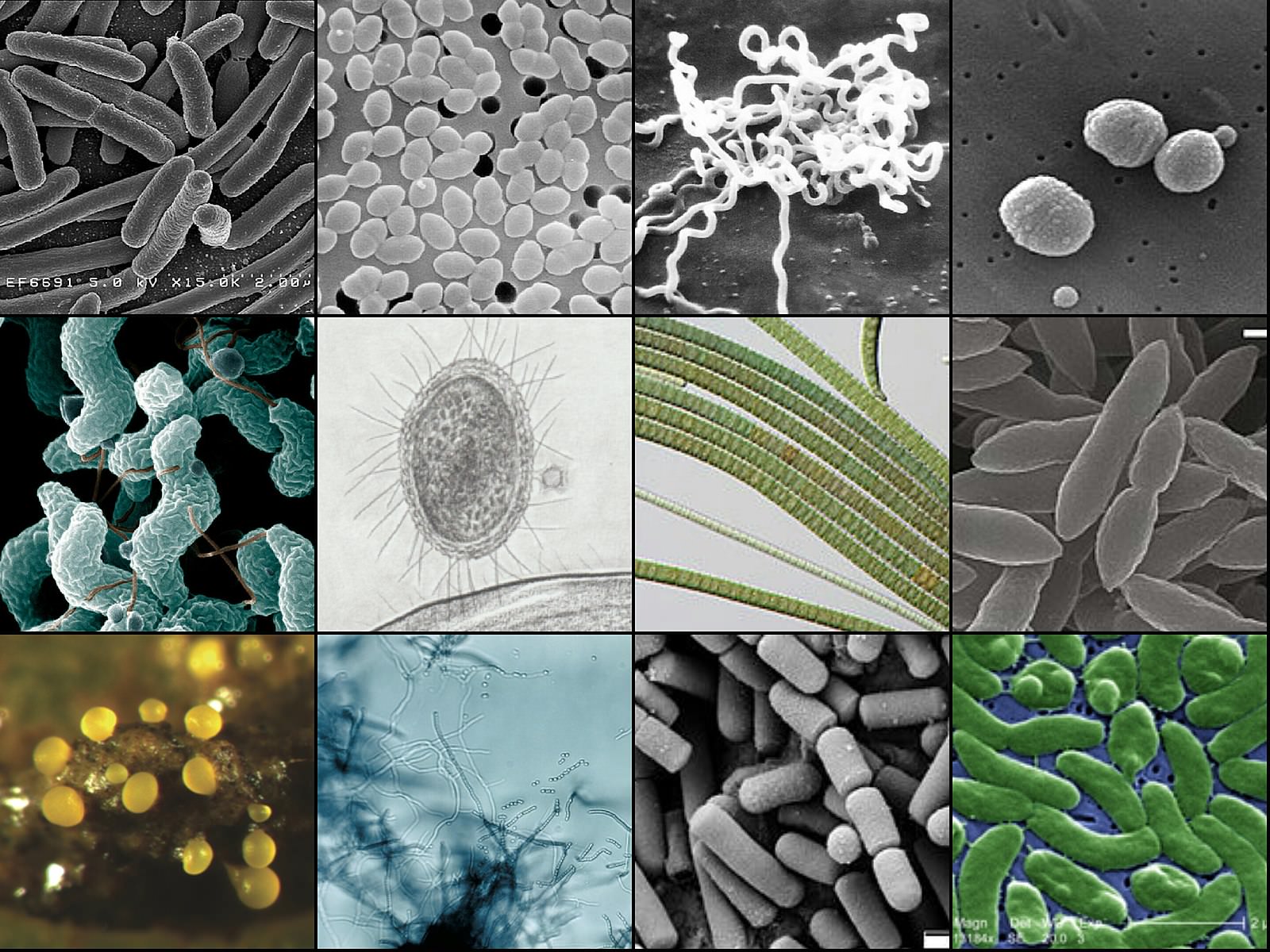
You're More Bacteria Than Human
In a surprising twist, the human body harbors more bacterial cells than human cells. While we may consider ourselves singular organisms, we are, in fact, an amalgamation of trillions of bacteria and other microorganisms outnumbering our own cells by a staggering 10 to 1 ratio. 148LENIN/Wikimedia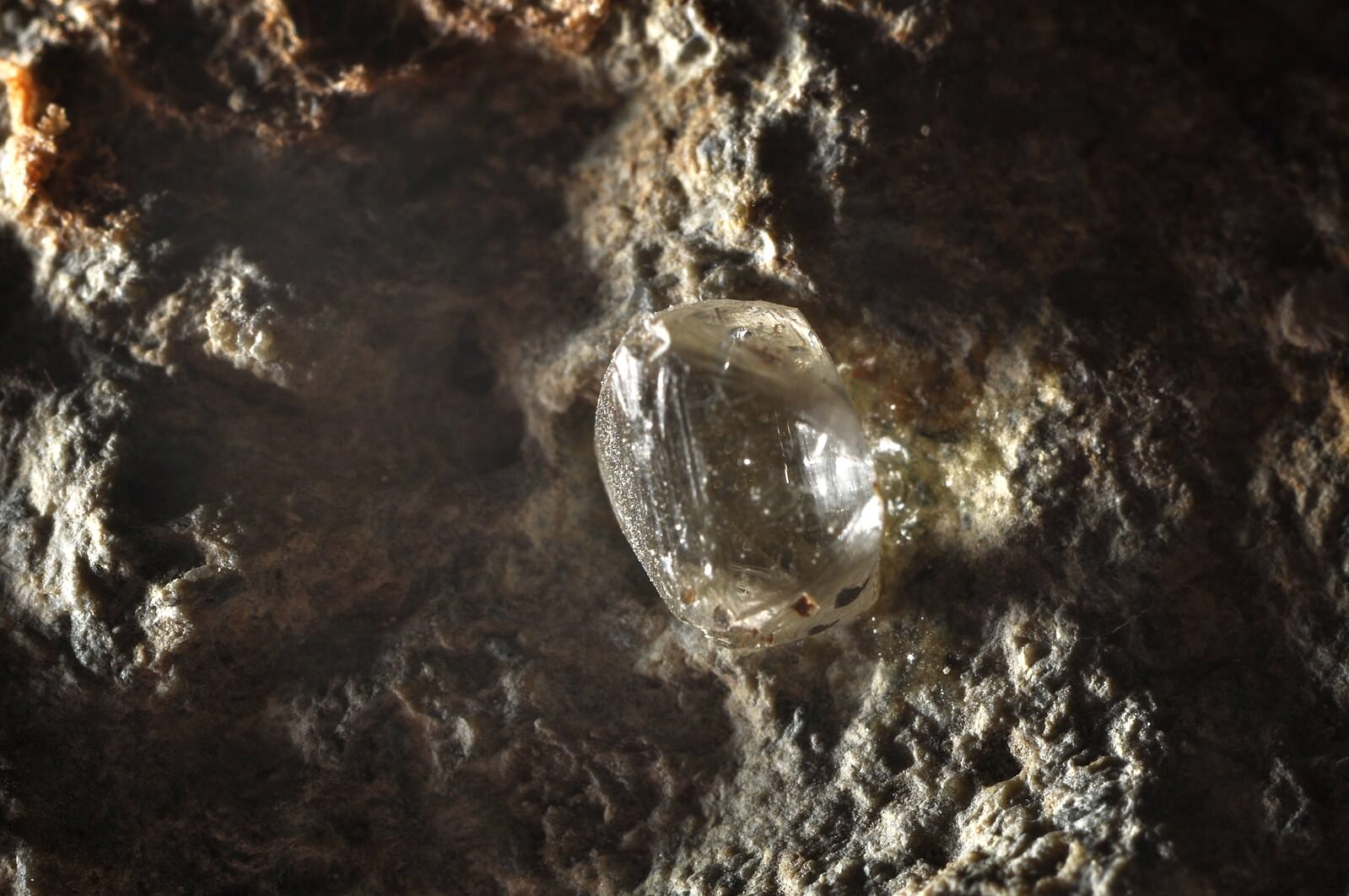
Raining Diamonds on Distant Worlds
On Earth, diamonds are rare and precious, but on some of the gas giants in our solar system, scientists speculate that it might literally rain diamonds deep within their atmospheres. This bizarre notion challenges our conventional understanding of these precious gems' scarcity. Géry PARENT/Wikimedia
Human Bodies Glow, But You Can't See It
While it may seem like our bodies don't emit any light, scientists have discovered that we possess a form of bioluminescence, although it's invisible to the naked eye. This intriguing fact reminds us that there's more to our physiology than meets the eye. Dhama InnovationsPvt. Ltd./Wikimedia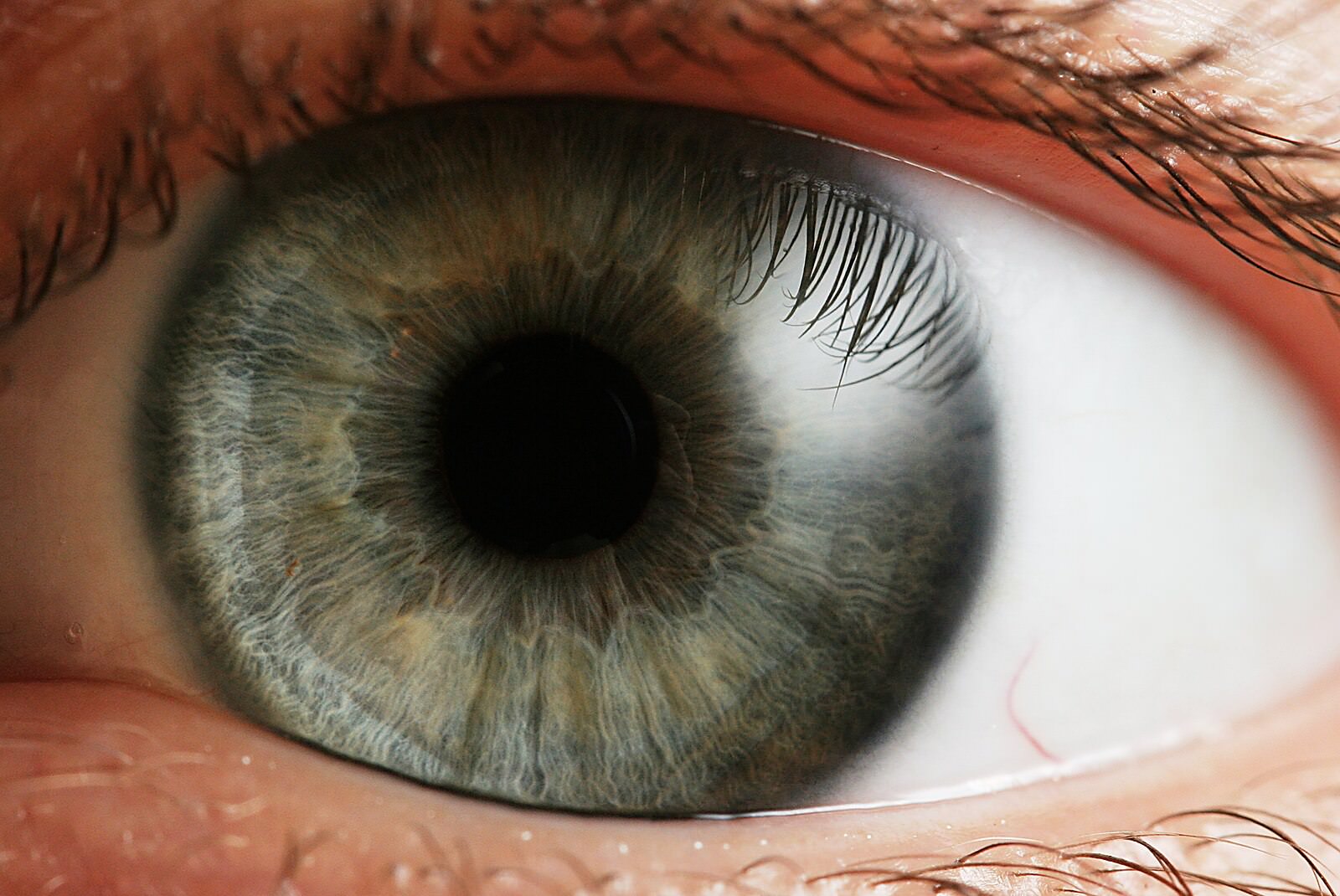
The Unmatched Megapixel Power of Your Eyes
While modern smartphone cameras can capture impressive 20 or 30 megapixel images, they pale in comparison to the visual capabilities of the human eye. If our eyes were cameras, they would have an astonishing 576 megapixel resolution, far surpassing any current technology. Petr Novák/Wikimedia
The Bone-Merging Journey to Adulthood
Contrary to the common belief that we have 206 bones throughout our lives, we're born with around 300 distinct bones. As we grow, many of these bones merge, eventually forming the 206-bone skeletal structure we associate with adulthood. https://www.scientificanimations.com//Wikimedia
Our Diverse Diet's Surprisingly Limited Sources
Despite the vast array of food options available, a staggering 75% of our diet comes from just 12 plant species and five animal species. This unexpected fact highlights the limited diversity of our nutritional sources, even in an era of culinary abundance. www.zanda.photography/Unsplash
The Odorless Truth About Natural Gas
While we're taught to recognize the distinct smell of gas as a warning sign, natural gas is actually odorless in its pure form. Companies intentionally add mercaptan, a pungent chemical, to create that telltale scent, allowing us to detect potentially dangerous leaks. CARLOS534/Wikimedia
The Pale Blue Hue of Liquid Oxygen
Contrary to common perception, oxygen isn't entirely colorless. When cooled to a liquid or solid state, oxygen takes on a pale blue tint, revealing a hidden chromatic property that defies our expectations of this essential gas. U.S. Air Force photo/Staff Sgt. Jim Araos/Wikimedia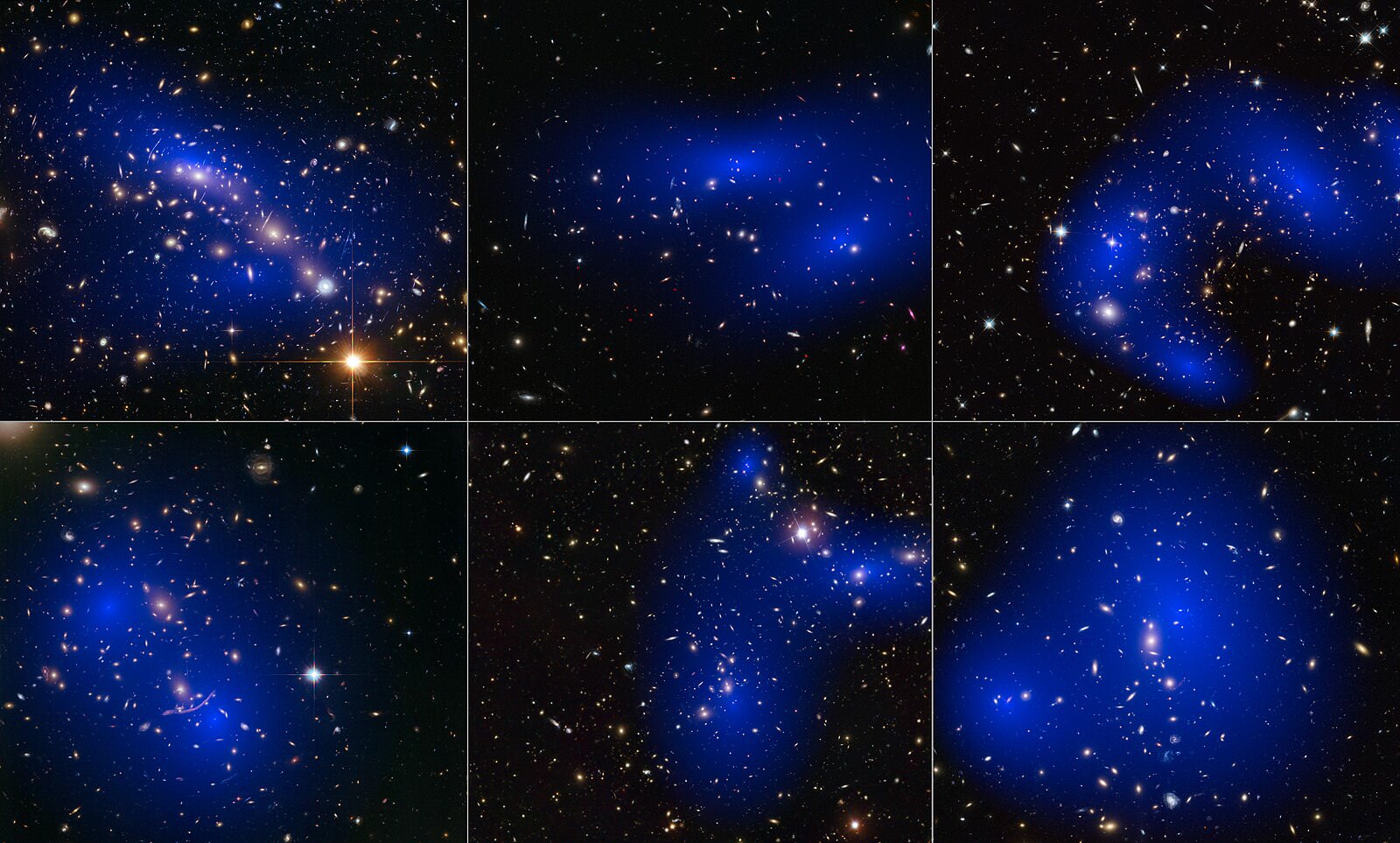
The Invisible Majority of the Universe
When we gaze up at the night sky, we see a mere fraction of the universe's composition. Remarkably, about 25% of the cosmos is made up of an elusive substance called dark matter, which remains undetectable by our current observational technologies, leaving the vast majority of the universe shrouded in mystery. ESA/Hubble/Wikimedia
Trapping a Laser in a Water Stream
In a fascinating display of light refraction, it's possible to trap a laser beam within a stream of water. By aiming a laser pointer at the flowing water, the beam becomes confined within the stream, following its curved trajectory towards the ground. ESO/A. Ghizzi Panizza (www.albertoghizzipanizza.com)/Wikimedia
Genetic Roots of Phobias
Have you ever wondered why some irrational fears persist despite a lack of apparent cause? A 2013 study suggests that phobias may have a genetic basis, rooted in the experiences of our ancestors, passed down through generations. Arafat Uddin/Wikimedia
Rat Giggles: Tickling Their Funny Bones
Who knew rats could be so amusing? In a delightful discovery, researchers found that when tickled, rats emit high-pitched giggles, suggesting that they genuinely enjoy the playful sensation, much like their human counterparts. Bogey-master/Wikimedia
Camels' Blood-Bending Adaptations
Contrary to the myth that camels store water in their humps, these remarkable creatures have evolved a different survival mechanism. They can dehydrate without altering their blood viscosity, allowing them to function normally in extreme heat. Wolfgang Hasselmann/Unsplash
The Immaculate Conception of Komodo Dragons
Komodo dragons, known for their solitary nature, can take it to an extreme by reproducing without a mate through a process called parthenogenesis. A Komodo dragon in Tennessee demonstrated this incredible ability, giving birth to offspring without any male involvement, a feat achieved by less than 0.1% of vertebrates. Joshua J. Cotten/Unsplash
The Jellyfish That Induces Existential Dread
While jellyfish stings are generally unpleasant, the Irukandji jellyfish found in Australian waters takes it to a whole new level. Its sting triggers a condition known as Irukandji syndrome, causing victims to experience an overwhelming sense of dread so severe that they've begged doctors to end their misery. Lisa-ann Gershwin/Wikimedia
The Cat Who Co-Authored Physics Papers
In a delightfully quirky twist, a cat named Chester became an unlikely co-author of physics papers in the 1970s. When his owner, Jack H. Hetherington, accidentally wrote a paper in the plural, he added Chester as a co-author under the pseudonym F.D.C. Willard, kickstarting a decades-long academic collaboration between man and feline. Dimitry B/Unsplash
The Infrared Invisibility of Polar Bears
Polar bears possess an incredible ability to remain undetected by infrared cameras due to the exceptional insulating properties of their fur. Their fur is so effective at trapping body heat that it renders polar bears virtually invisible to infrared detection, a trait that scientists are studying to develop fabrics with similar thermal-cloaking capabilities. arno / coen
Nature's Magnetic Navigators
Beyond its utility for compasses, Earth's magnetic field serves as a navigational aid for various animal species. Creatures as diverse as sharks, salmon, naked mole rats, and nightingales have evolved the ability to sense and utilize magnetic fields for orientation and navigation, though the extent of their conscious awareness of this skill remains uncertain. Drdan14/Wikimedia
The Eighth Continent: Zealandia
While it may come as a surprise, there is an eighth continent on Earth, albeit mostly submerged. Known as Zealandia, this microcontinent comprises the islands of New Zealand and other scattered landmasses in the South Pacific, with a staggering 93% of its total area lying beneath the ocean's surface. Ulrich Lange, Bochum, Germany/Wikimedia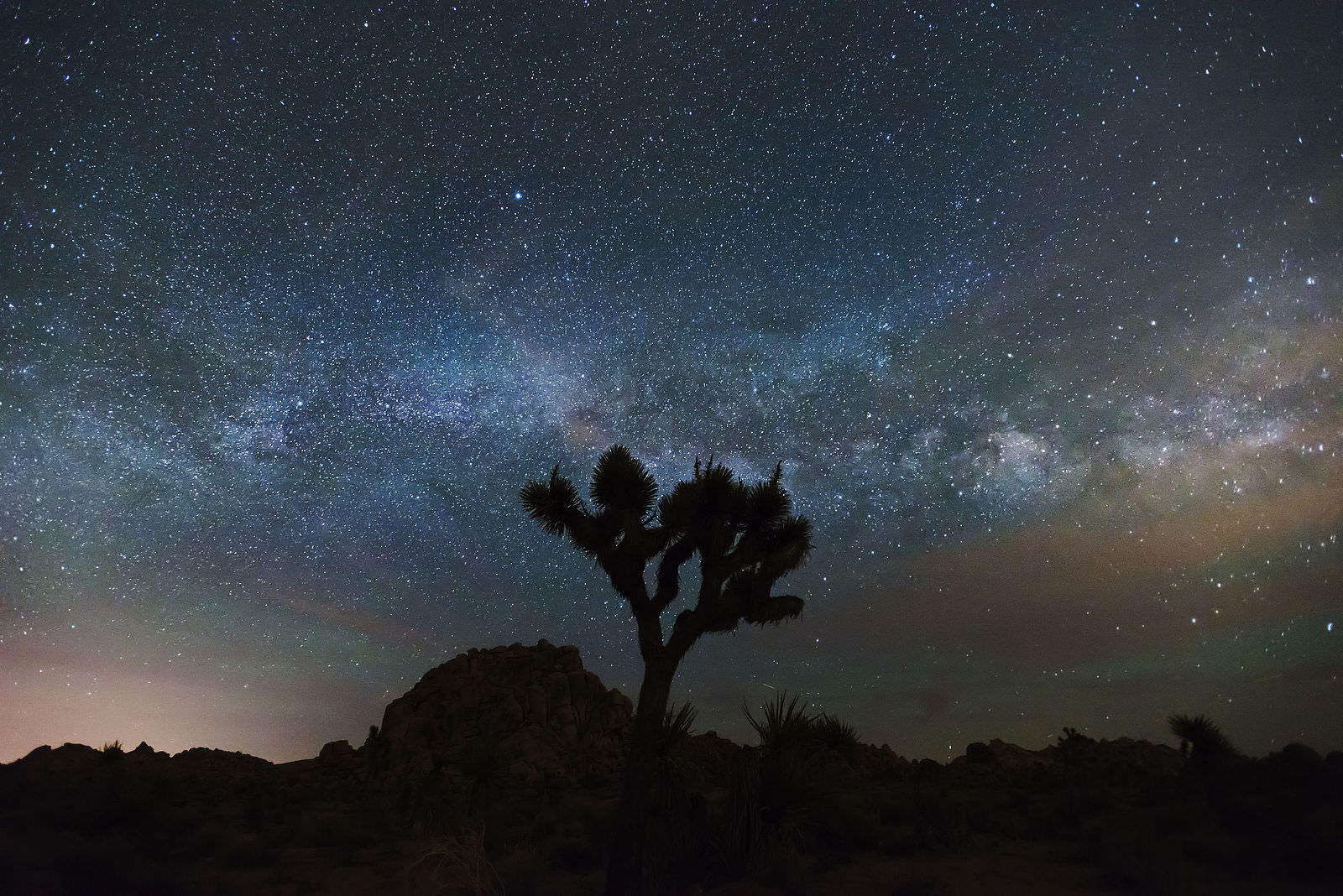
Earth's Tree Population Outshines Galactic Stars
In a striking comparison, it's estimated that the number of trees on Earth exceeds the number of stars in our entire Milky Way galaxy. While the galaxy boasts an impressive 100-400 billion stars, scientific estimates suggest that our planet harbors over 3 trillion trees, a staggering figure that dwarfs even the vastness of the cosmos. Joshua Tree National Park/Wikimedia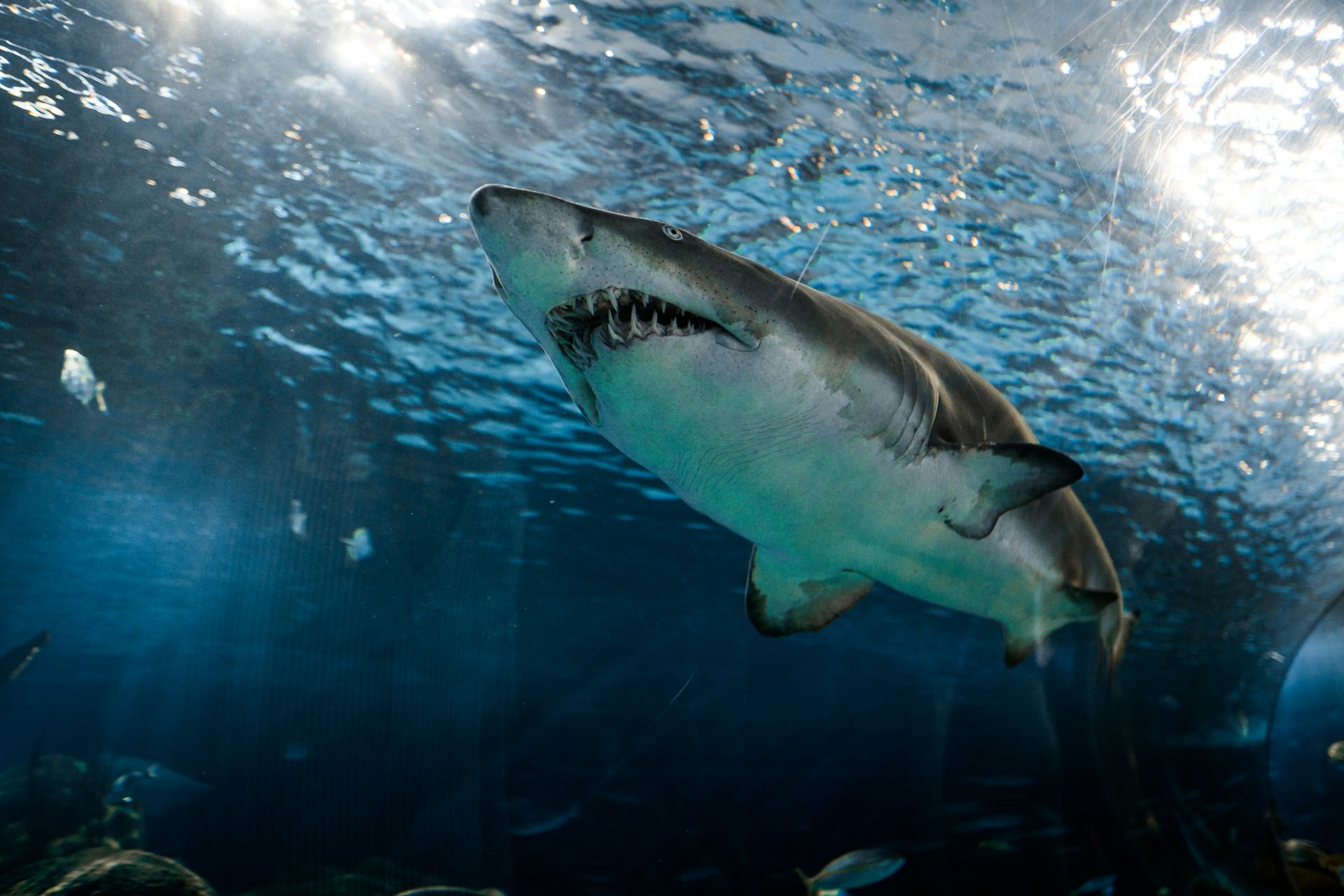
Sharks: Older Than Saturn's Rings
Sharks have been roaming the Earth's oceans for an astonishing 400-450 million years, predating even the formation of Saturn's iconic rings, which are estimated to be a mere 10-100 million years old. This longevity puts into perspective the evolutionary antiquity of these apex predators, whose ancestors swam in seas long before the current celestial arrangement took shape. Marcelo Cidrack/Wikimedia
The Uncanny Genetic Similarity of Lab Rats
The widespread use of laboratory rats (or mice) in scientific research is rooted in their remarkably close genetic resemblance to humans. Strikingly, these unassuming rodents share a 90% genetic similarity with our species, a fact that may seem unsettling but underscores the value of these animal models in advancing our understanding of human biology and disease. Janet Stephens (photographer)/Wikimedia
The Tick That Can Make You Allergic to Meat and Dairy
The lone star tick, found primarily in the Midwestern and Southern United States, harbors an unexpected and potentially life-altering threat. A single bite from this species can trigger a condition known as alpha-gal syndrome, causing the victim to develop a sudden and severe allergy to red meat and dairy products, potentially leading to anaphylactic shock. Judy Gallagher/Wikimedia
The Scientific Slipperiness of Banana Peels
Contrary to popular belief, the slipperiness of banana peels is not just a comedic trope but a scientifically validated phenomenon. When stepped on, banana peels secrete a mucus-like fluid, rendering them as frictionless as skis on snow or ice skates on ice, living up to their reputation as hazardous underfoot obstacles straight out of slapstick humor. Vladiator360/Wikimedia
Yawning: A Neurotypical Contagion
While yawning is often described as contagious, this phenomenon appears to be less prevalent among neurodivergent individuals. Research suggests that those who experience difficulties with social interactions, such as people with autism spectrum disorders or anxiety, are less likely to "catch" yawns from others. Miikka Luotio/Unsplash